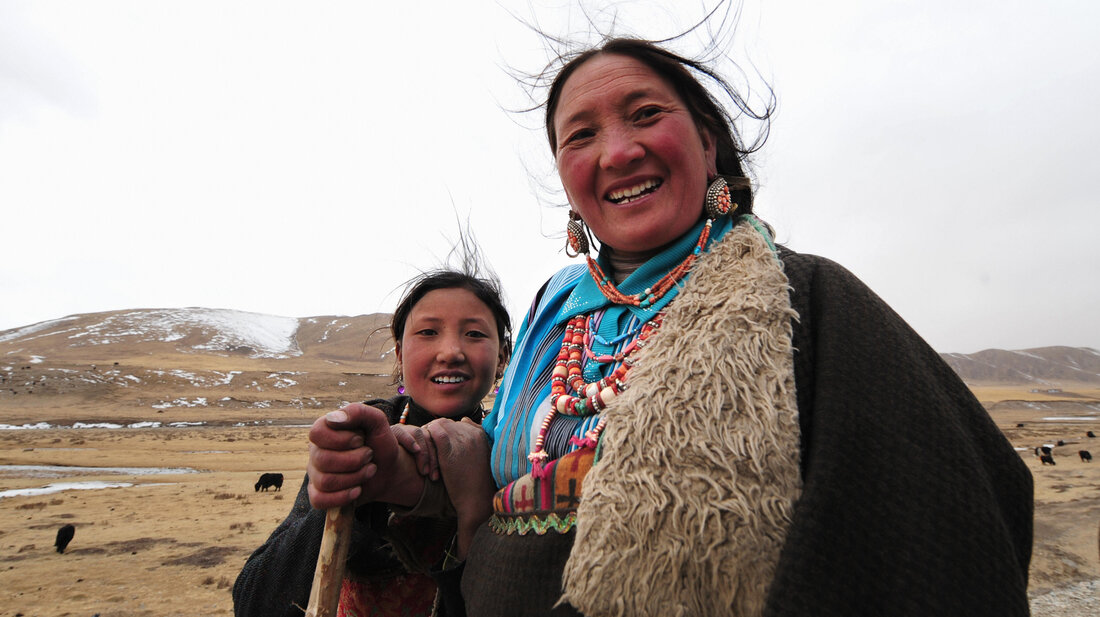
Tibetans still carry genes inherited from Denisovans.
According to a report published in the journal Nature Genetics , two population geneticists, Linda Ongaro and Emilia Huerta-Sanchez of Trinity College in Dublin (Ireland), discovered that many individuals of the Denisovan species adapted to environments across the Asian continent and beyond.
During their existence, they had many "relations" with recent human ancestors and passed on their genetic makeup to modern humans.
"A common misconception is that humans evolved suddenly from a common ancestor, but the more we study, the more we realize that our ancestors interbred with other human species and helped shape who we are today," said author Ongaro.
Compared to the century or two scientists have spent studying Neanderthals, the Denisovan discovery is recent and limited in scope. For the past few decades, experts have relied on only a handful of teeth and bones to learn about the extinct human species.
Fossil of baby girl's tooth belonging to mysterious human species Denisova discovered in Truong Son mountain range
Following a series of genetic analyses starting with a female finger bone in 2010, we know that Denisovans diverged genetically from Neanderthals about 400,000 years ago.
The Denisovans left behind a vast legacy, extending from Siberia to South East Asia and across Oceania and even to the Americas.
Among the Denisovan genes that have survived to this day are those of the Tibetan population, which allow them to survive in low-oxygen environments, genes that enhance the immune system of Papuans, and genes in the Inuit community that allow them to resist cold well.
Source: https://thanhnien.vn/loai-nguoi-bi-an-da-tuyet-chung-tung-cay-gien-cho-nguoi-hien-dai-185241115112042874.htm



![[Photo] Chu Noodles - the essence of rice and sunshine](https://vphoto.vietnam.vn/thumb/1200x675/vietnam/resource/IMAGE/2025/11/11/1762846220477_ndo_tl_7-jpg.webp)
![[Photo] Prime Minister Pham Minh Chinh receives Lao Minister of Labor and Welfare Phosay Sayasone](https://vphoto.vietnam.vn/thumb/1200x675/vietnam/resource/IMAGE/2025/11/11/1762872028311_dsc-2246-jpg.webp)





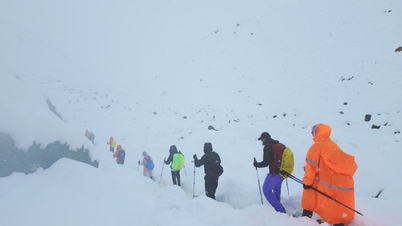






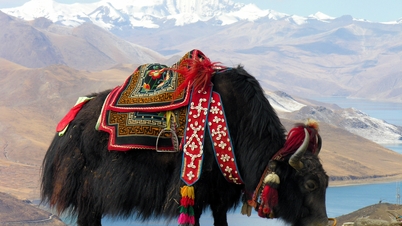





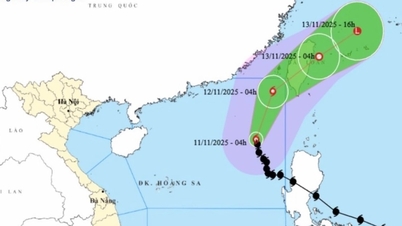







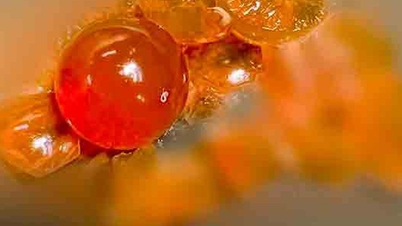



















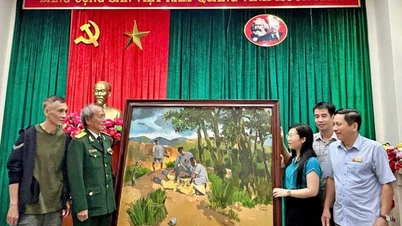












































![Dong Nai OCOP transition: [Article 3] Linking tourism with OCOP product consumption](https://vphoto.vietnam.vn/thumb/402x226/vietnam/resource/IMAGE/2025/11/10/1762739199309_1324-2740-7_n-162543_981.jpeg)






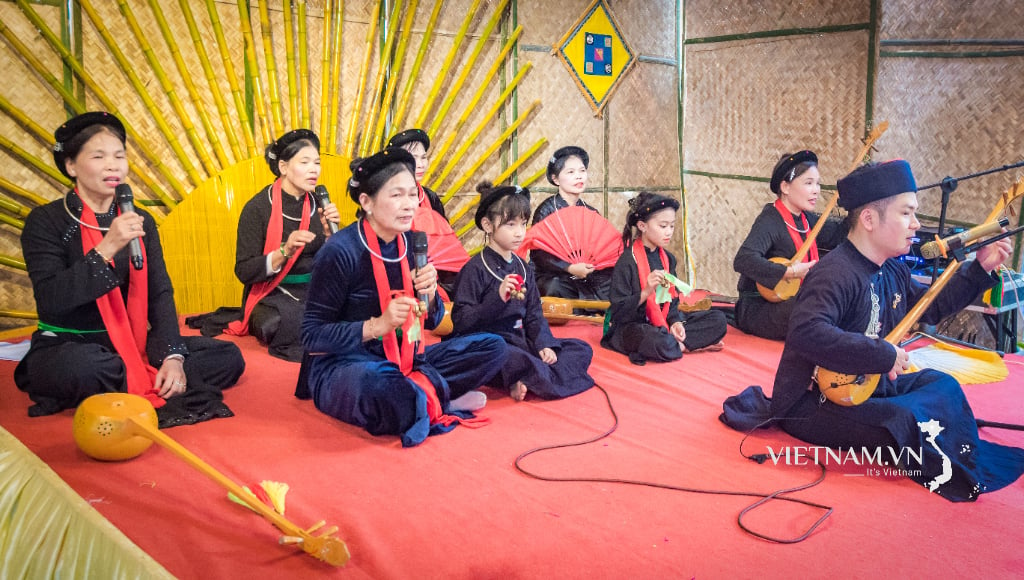

Comment (0)